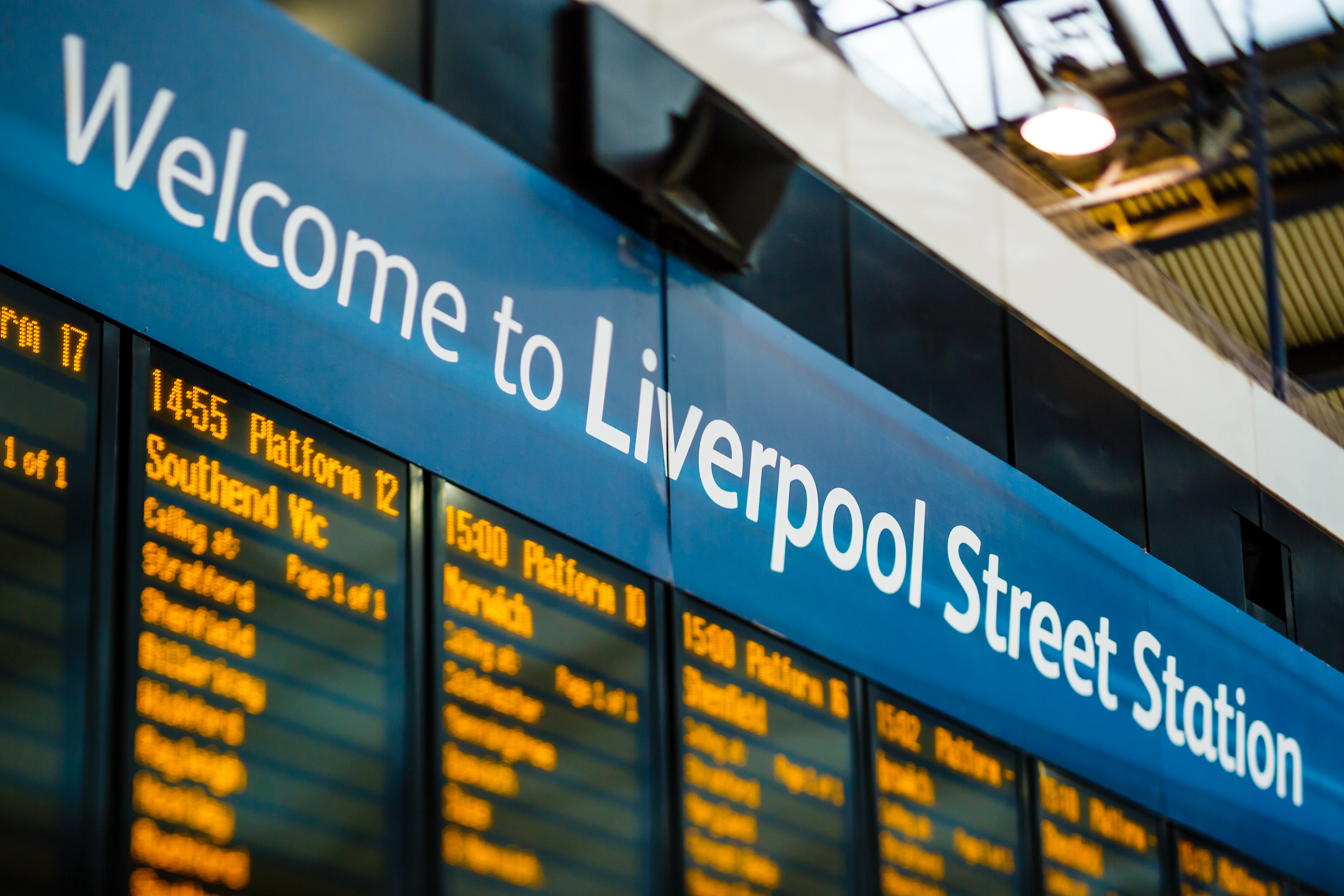

Timetable performance and capacity risk
A case study in partnership with Network Rail
“… A good and valuable tool for exploring where timetable capacity and performance risk lies”
Richard Raine, Programme Manager (Timetable Performance), Network Rail
The challenge
There is a trade-off inherent at the heart of every timetable: How to deliver increasing service throughput using existing infrastructure (improved capacity), while at the same time not introducing more risk of reactionary delay.
What we did
Network Rail’s team and Risk Solutions used an iterative process of modelling, analysis and discussion, to compare three timetables covering services between Kings Cross and Peterborough for three Wednesdays in December 2019 (which provided our baseline), December 2021, and May 2022.
SaviRPM modelling provided a structured environment within which the performance of these three different timetables could be compared and explored to help identify and resolve timetabling issues.

What we found
We found that:
- The baseline modelling gave patterns of delay similar to those observed in real life giving confidence in the results.
- We were able to explore the performance of the timetables, under increasing levels of stress, measuring their feasibility, robustness and resilience as levels of primary, and subsequent reactionary, delay increase
- We identified reactionary delay ‘hotspots’, areas of high network capacity utilisation during peak periods, and areas where the timetable allows recovery from delays; these are areas where, modelling suggests, timetable planners and operators should focus their attention, to reduce delay and protect recovery areas.
The project demonstrated the value SaviRPM brings to the process of timetable design particularly the speed with which it delivers results – supporting an iterative timetable development planning process between planners and modellers.
“It’s good to work with a team that develops the modelling with you in a truly collaborative way"
Richard Raine, Programme Manager (Timetable Performance), Network Rail
Using SaviRPM
- We set up SaviRPM for services running between Kings Cross and Peterborough, over 175 modelled TIPLOCs (including 48 stations) and over 1000 timetabled services for each timetable.
- We calibrated the model against real world data, in an iterative process with Network Rail, using the interactive visualisations to identify areas of poor model performance until we could reproduce real world results for the December 2019 timetable within one or two percentage points.
- We then simulated the three timetables, then used the interactive visualisations with Network Rail to explore performance results under different levels of stress. The figures show the headline results, and a detailed analysis revealed that the timetable options did not significantly increase network capacity risk.
The modelled results
The performance of each timetable was measured as time to 1 minute, one of the key performance measures used by the rail industry. The timetables were stressed using increasing levels of delay; from no delays (feasibility of a timetable), with subthreshold delays under 3 mins (to test the robustness of a timetable), and with full attributed delays representing delay levels seen in real life (resilience of the timetable).

The differences between the performance of the Dec 2021 and May 22 timetables are not statistically significant, therefore the timetables had similar performance, and performance risk.
To find out more… and see the interactive visualisations in action
contact us: savi@risksol.co.uk